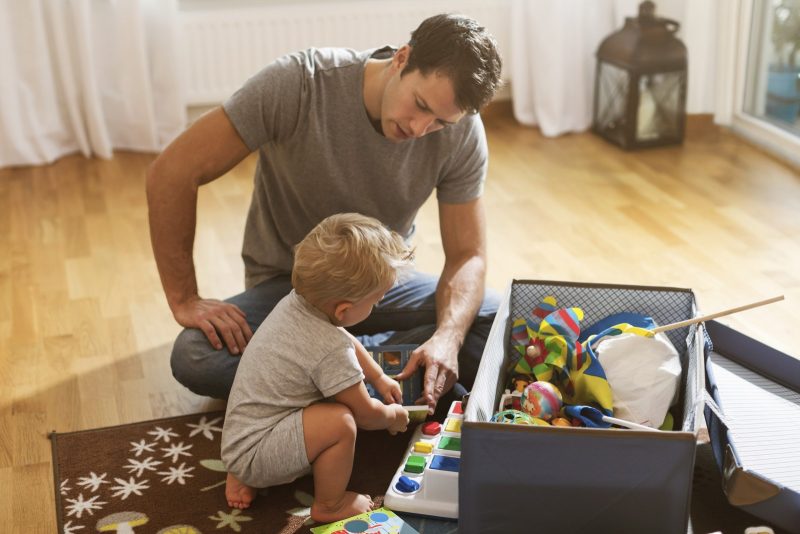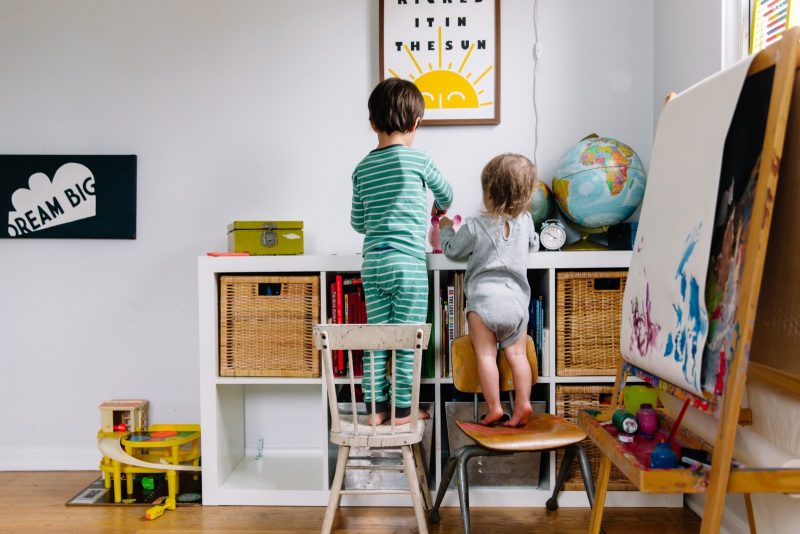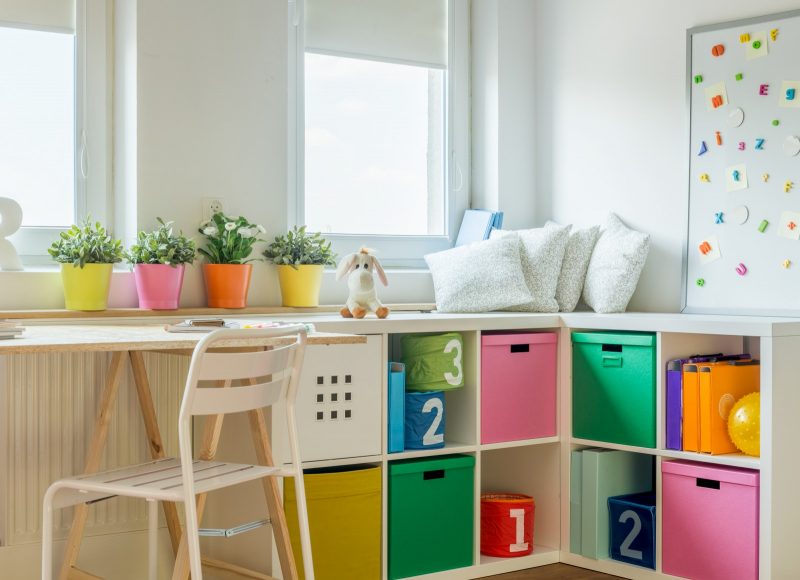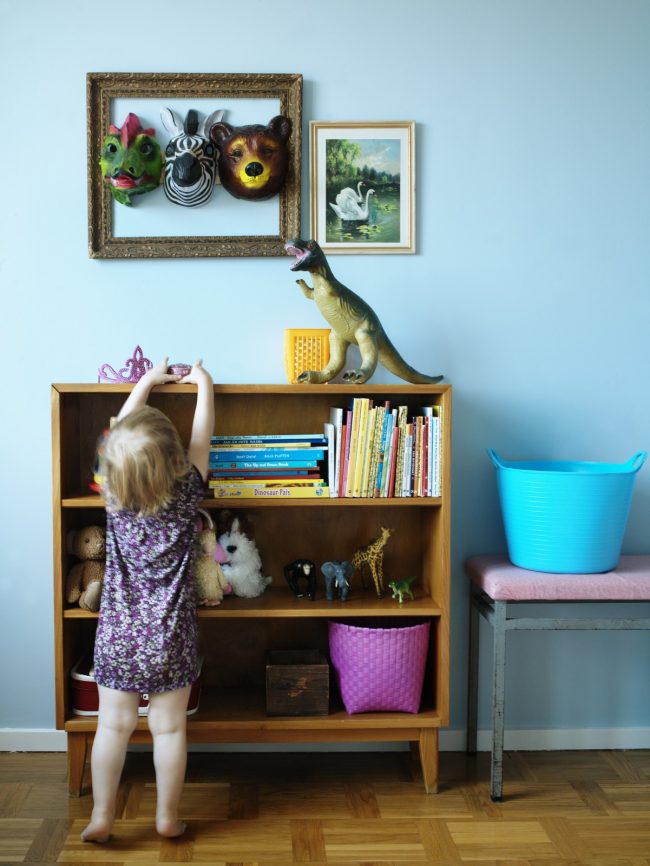If having your family at home all day, every day has made your space feel chaotic, and your days and nights seem to run together, regain a sense of order with these simple tips.
1. Reduce the clutter
It doesn’t matter how organized you are – a surplus of toys will always ensure your house is a mess waiting to happen. Fortunately, getting kids on board with the idea of ditching their stuff is a lot easier than it sounds.
The trick is to make it an opportunity for them to define themselves and their interests. Encourage kids to make a pile of “baby toys” to donate, and have them set aside any toys that no longer interest them, such as action figures from a forgotten TV show. Separating these toys will help them appreciate how much they’ve grown and rediscover the toys they love.
2. Choose toys wisely
Since you’ll probably be stuck with them for a while, it pays to be picky when it comes to buying toys. To make toys more meaningful to your child, only buy them for holidays, special occasions and rewards – don’t shy away from asking relatives to do the same.
Avoid toys that are poorly made (cheap), not age-appropriate, unnecessarily large, pointless or anything tied to a movie – unless it’s that one you’ve been playing on repeat every day. The best toys are versatile, encourage creativity and can easily be expanded upon, such as Legos, wooden train tracks and dollhouse sets.
3. Leave some toys out of reach
If you’re constantly finding play dough and puzzle pieces in the sofa cushions, it’s time to put them on the top shelf of the closet. Designating these messy toys as “family toys” will give you more quality time with your child instead of scrubbing pen marks off the curtains.
Also, try to set aside a tote of toys, games and puzzles for rainy days. This ensures you’ll always have a trick up your sleeve for sick days or when a boring relative visits.

4. Set boundaries
If toys are already sprawled out over every available surface of your house, don’t worry! You can quickly reclaim order in your household by setting a few ground rules, such as “no toys in the kitchen” or setting limits on the number of toys allowed out overnight.
While that might seem a bit draconian, children are generally happier when they’re given clear expectations and few surprises. That’s why it’s important to follow through and pick up every night, no matter how exhausted you feel at the time.
5. Give kids ownership
Picking up toys doesn’t have to be boring. Babies, toddlers and big kids alike can have fun organizing and picking up, just as long as it’s not a negative experience. This means you should provide enough time for enjoyment without resorting to counting “1, 2, 3” or shouting empty threats.
A great thing about setting aside extra time for picking up is that you and your child can do fun things like scoop up blocks with a blanket or deliver toys across the house via tricycle. If you make it fun enough, your kid will eventually pick up without even being asked.

6. Give every toy a home
Without a simple organizational system, picking up can be a major headache. Don’t throw everything into one big toy box; there’s a better way.
Buy a series of matching plastic bins and line them up along the wall where your child can easily put away and retrieve toys on his own. Designate one box for Legos, one for stuffed animals, one for train tracks … you get the idea.

Use stacking plastic boxes for smaller toys like matchbox cars and dolls. Organize them further by storing puzzle pieces, doll clothes and other annoyances in Ziploc bags.
7. Hit the books
It’s not your imagination. That pile of storybooks by the couch really is getting taller, and if you wait much longer, it will likely turn into a giant heap.

Worse yet, your kid uses those books to stall and push back bedtime a little later with each passing night. That’s why it’s important to either keep the books in your child’s room, or keep a small selection of favorites in a basket for easy retrieval.
Related:
- 5 Organizing Secrets Only the Pros Know
- Declutter Your Way to a More Organized, Intentional Home
- 10 Tips for Organizing an Irresistible Yard Sale
Originally published December 2017
THIS POST WAS ORIGINALLY PUBLISHED HERE.


